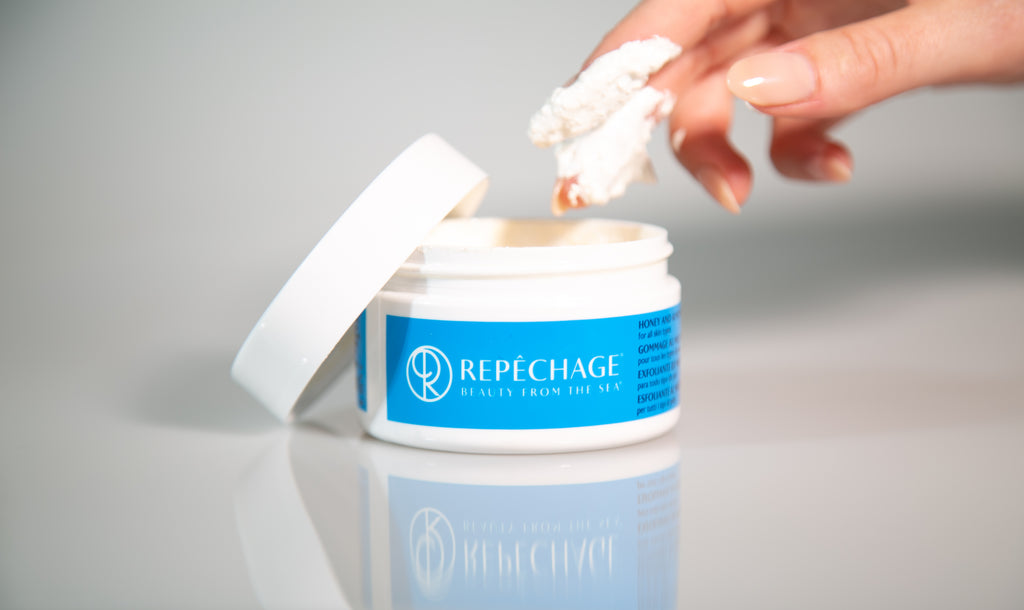Skin Care Routine Order: The Proper Steps of a Skin Care Routine and Why Each Step Matters
Get your skin care routine into the natural order of things. There is a reason why doing things in the right order is extremely important. You won’t put your socks on after your shoes! The same goes for your skincare.
Step 1: Cleanser

The first step to your skincare routine is always cleansing.
Cleansers are designed to help remove dirt, debris, and makeup.
Cleansing in the morning is necessary to remove oil and build up that may happen overnight.
Cleansing at night is equally important, especially to remove makeup. Makeup is composed of ingredients that allow it to last all day, so you must cleanse your face every night before bed to ensure your skin is able to replenish itself.
Step 2: Toner/Astringent
A toner or astringent is going to help rebalance your skin, provide gentle exfoliation, refine your skin, and can help restore hydration.
Astringents play an important role in minimizing the appearance of pores, and help to rebalance the appearance of your complexion.
This step is done prior to applying your serum or moisturizer to help retain the moisture that they both provide.
Step 3: Masks / Exfoliator
Everyone needs a little TLC, and it’s no different for your skin. Using a mask and/or exfoliator 2-3 times a week is a way to give your skin extra care.
MASKS
Using a face mask is a way to get professional facial results at-home. Masks help target your skincare concerns by being applied to the skin’s surface to help the beneficial ingredients soak in for a period of time before being cleansed off.
Masks come in different forms, such as creams, clays, sheet, and gels. Creams and gels can help to hydrate, clay-based masks can help exfoliate and remove excess oils, and sheet masks can apply a multitude of skin-beneficial ingredients that can help brighten, hydrate and reduce the appearance of redness.
EXFOLIATORS
Exfoliating with a scrub two to three times a week or using a mild AHA exfoliator, like our Rapidex® Marine Exfoliator with Phyto-Marine Actives, every night for two weeks of the month will help remove surfance dead skin cells. Dead skin cell build up can leave skin dull looking and can contribute to oiliness, problem skin, dry skin, and skin aging.
While skin exfoliation is a naturally-occurring process, most skin types need the extra help:
-
Aging skin—With age, the natural exfoliation process slows down and causes our skin to look dull and tired.
-
Sun-damaged skin—This type of skin can display abnormal skin texture, including pebbling, deep or excessive wrinkles, large amounts of freckles or other spotty discolorations.
-
Oily/Problem skin—This skin type tends to saturate dead skin cells with excessive oil, making it difficult for dead skin cells to shed off naturally.
- Dry skin—This skin type tends to let dead skin cells accumulate too quickly which can make skin look dry, dull, and with visible signs of dehydration.
Step 4: Serum
Applying a serum is often over-looked. Serums are formulated with a high concentration of key ingredients but are lightweight in formula so they can be layered under creams or lotions. This is why they go on before moisturizers, not after.
You can think of a serum like a vitamin for your complexion: The more beneficial ingredients you provide to the surface layer of your skin the better it will appear.
How to choose a serum? Like your other skin care products, one that targets your specific skin care needs.
Step 5: Moisturizer
Applying a moisturizer is going to help hydrate the surface layer of the skin to help keep it younger-looking.
As we age, the body produces less of its natural moisturizers and production of collagen slows down so we lose elasticity. These are the two factors that keep our skin young-looking. Thus, it’s crucial to keep your skin moisturized. Look for ingredients like Seaweed and Peptides to help restore moisture and improve your skin’s texture.
Even for younger skin, moisturizers help smooth the skin, keeping it younger-looking longer.
Step 6: Eye Treatment

Want to look awake, happy and younger-looking? Then the eye area deserves special attention.
Why? Because the eye area is so delicate, and one of the first areas to show signs of aging, such as crow’s feet, dark circles, puffiness, fine lines and wrinkles.
People of all ages and skin types can stay younger-looking by adding an eye treatment into their skin care routine.
Step 7: Primer + Makeup
Before putting on your makeup, use a primer. A primer will help prepare the “canvas” for makeup for a smoother application.
Makeup should be considered part of your skin care routine. That’s why it’s so important to choose makeup with natural and beneficial ingredients, like Seaweed and Hyaluronic Acid, when applying your basics likes foundation and powder.
Mineral makeup can provide excellent coverage while enriching your skin with essential nutrients.
[[product-20]]
















































